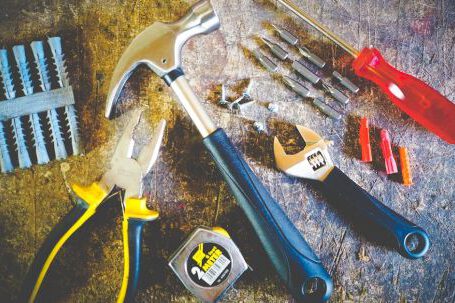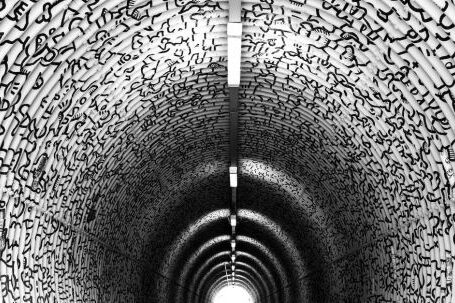The construction industry is ever-evolving, and the use of cranes is no exception. Cranes have been a part of the construction process for centuries, and they are showing no signs of slowing down. In the future, the use of cranes is expected to expand further, with new technologies being implemented to make them more efficient and cost-effective. This article will explore the future of cranes and what is coming next.
Robotic Cranes
One of the most exciting developments in the future of cranes is the development of robotic cranes. These cranes are operated by robots, which are programmed to operate the crane and can be managed remotely. This technology has the potential to revolutionize the construction process, as it could allow for tasks to be completed faster and more efficiently. Additionally, robotic cranes reduce the risk of human error and can be used in hazardous environments where human operators would not be able to work.
Autonomous Cranes
Another advancement in crane technology is the development of autonomous cranes. Autonomous cranes are capable of navigating their own environment and performing tasks without the need for a human operator. This technology could make the construction process more efficient and reduce the need for human labor. Additionally, autonomous cranes could be used in hazardous environments where human workers would be unable to work safely.
Smart Cranes
In addition to robotic and autonomous cranes, the future of cranes includes the development of “smart” cranes. Smart cranes are equipped with sensors and connected to the internet, allowing them to monitor their environment and adjust their operations accordingly. This technology could improve the safety of crane operations, as sensors would be able to detect potential hazards and alert operators before they occur. Additionally, smart cranes could be used to track and analyze data, allowing for more efficient operations.
3D Printed Cranes
The use of 3D printing technology is becoming increasingly popular in the construction industry, and the development of 3D printed cranes is the next logical step. 3D printed cranes can be created quickly and cost-effectively, allowing construction companies to save time and money. Additionally, 3D printed cranes could be designed to be more efficient and lightweight, making them easier to transport and operate.
Conclusion
The future of cranes is bright, and it is only expected to get brighter as new technologies are implemented and developed. Robotic, autonomous, smart, and 3D printed cranes are the future of the construction industry, and these technologies are already being implemented in the present. As these technologies become more widely available, they will revolutionize the construction process and make cranes even more efficient and cost-effective.






